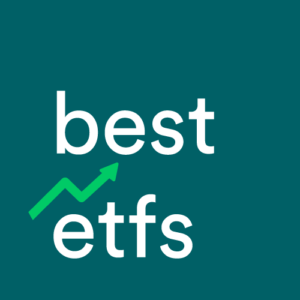What does the QOZ ETF do for a diversified portfolio?
The BetaShares QOZ ETF provides exposure to a ‘fundamentally weighted’ index of 200 large Australian shares. This ETF focuses on weighting the portfolio with a focus on ‘economic importance’ rather than market capitalisation, while also aiming to outperform traditional market-cap weighted indices.
The QOZ ETF could be used by investors to gain exposure to 200 large Australian companies, without weighting the holdings purely based on the shares market capitalisation. Please note: QOZ’s “fundamentally weighted” index will have a different performance and risk profile compared to a traditional sharemarket index, such as the ASX 200, which uses a company’s market capitalisation.
How big is the BetaShares QOZ ETF?
The BetaShares QOZ ETF had $403.91 million of money invested when we last pulled the monthly numbers. Given QOZ’s total funds under management (FUM) figure is over $100 million, the ETF has met our minimum criteria for the total amount of money invested, otherwise known as FUM. We draw the line at $100 million for ETFs in the Australian shares sector because we believe that relative to smaller ETFs, achieving this amount of FUM de-risks the ETF.
QOZ ETF fees reviewed
BetaShares charges investors a yearly management fee of 0.40% for the QOZ ETF. This means that if you invested $2,000 in QOZ for a full year, you could expect to pay management fees of around $8.00.
For context, the average management fee (MER) of all ETFs covered by Best ETFs Australia on our complete list of ASX ETFs is 0.51% or around $10.20 per $2,000 invested. Keep in mind, small changes in fees can make a big difference after 10 or 20 years.
Next steps
Even if you like what you see, before diving straight into buying the QOZ ETF, please read the ETF’s Product Disclosure Statement (PDS). Also, be sure to take a look at our BetaShares QOZ report for a more comprehensive overview of this ETF. While you’re on our website, use our complete list of ASX ETFs to search for a few different ETFs in the sector and conduct a side-by-side comparison using everything you’ve learned here.




